In the academic circles, online classes are the new reality, the world over. It appeared as a panacea, in the aftermath of the COVID 19 pandemic and the ensuing situation but seems to be emerging as a viable alternative to the physical classroom. It is not a new medium. Even before the lockdown, various distant education modes had been using e-learning platforms. However, the necessity for social distancing catapulted the teaching community into the future where the internet was the only medium available to them for communicating with each other. This sudden change left most of us gasping and trying hard to swim and survive in alien waters. Both, the teachers as well as the learners, had no time to prepare or adapt. Their world had changed overnight.
This anthology of essays, Online Classroom: Opportunities and Challenges, is an attempt to study this transformation, from a physical classroom to an online one, and to make the transition smoother, richer, and rewarding. That online classes would one day become more feasible than a brick and mortar classroom as a medium was there in the back of our minds but in some vaguely defined future to which we paid scant attention. Within the space of a few months we have realized that it is the new reality and that it is a development which has had a significant implication for traditional education as we have known it. The instructional skills, learning skills, and educational facilities will all need to undergo a transformation.
The time is ripe to explore the issues related to online classes and to formulate strategies that forge a rich online teaching-learning experience. Marking a beginning, Shruti P. and Dr Sangeeta Mukherjee, have done a literature review of all the articles published on the online learning mode and have suggested ways to deal with some of the challenges encountered in their paper, ‘Understanding the Pros and Cons of Online Learning/ e-Learning During the Pandemic Times: A Methodical Literature Review’.
This platform has a major advantage of being versatile. Not only does it offer the opportunity of an anywhere, anytime class, it also throws open a lot of possibilities because there is flexibility and richness of the medium itself. The paper by Ila Naqvi and Dr Yusuf Mehdi, entitled, ‘Major Challenges in the Digital World: Security Issues in the World of IoT’ attempts to highlight the major security challenges in the field of Internet of Things. The paper discusses a variety of topics related to secure connection of IOT devices and data security, Privacy challenges of IoT data, Impacts of IOT security flaws in human life.
However, these opportunities do have a flipside. The learner needs to exercise more self-control. There is need to curb distractions and practice self-discipline and time management. Online learning requires settling our own goals, tracking our progress, meeting deadlines. It demands a high level of dedication and self-motivation on the students’ part. Attending is easy but succeeding requires discipline. In the paper ‘Redefining Etiquette in Online Classroom: A Study’ Dr Devi Archana Mohanty and Dr Pooja Tyagi explore various strategies that could be employed to keep the students in check. They show how teachers and students can create an atmosphere of polite cordiality, conducive to learning.
Voice is the most powerful tool to win over the listeners. In the absence of our physical presence as facilitators, our voice becomes the most important tool in engaging the audience. If one is sharing the computer screen, facial expressions and other finer nuances of body language is replaced by a balanced and strategic use of intonation, volume, rate, pauses, and pitch to make the lecture lively and effective. In the paper ‘Role of Voice in Making Online Classes More Effective’ Dr. Yusuf Mehdi and Dr. Safder Mehdi highlight the importance of voice dynamics in an online classroom.
The paper ‘A Review of Significant Challenges in Online Classroom’ by Ms. S. Manjula and Dr. Sangeeta Mukherjee focuses on the various challenges faced by teachers and students in an online classroom.
Multicultural classrooms are a reality of the Indian online teaching scene. Students from diverse background share knowledge and learn new things together. In a physical class it is simpler to handle students from varied backgrounds rather than in a virtual classroom, where teachers may feel challenged in creating inclusive classrooms .In the paper ‘Creating an Inclusive Environment in a Multicultural Online Classroom in India: Culturally Responsive Teaching Strategies’, Dr. Mitul Sarkar, and Tulika Ghosh throw light on the ways a teacher can build an inclusive, multicultural, heterogenous online learning environment. It also discusses techniques that the teacher can adopt in making each student feel a sense of belonging so that each can learn at ease.
In ‘Creativity and Communication in Online Classroom’, Dr. Surendra Tiwari and Dr. Kavita Tiwari highlight the role of creativity in the online classroom context. While discussing the importance of being creative in virtual learning, the paper contends that the teachers need to be more experimental, but careful while choosing teaching materials which can facilitate creativity and innovativeness.
The paper ‘Digital Learning and the Blended Approach: A Phenomenological Reading’ by Amrit Mishra argues that digital learning is the need of the hour for a burgeoning country like India where there is a huge population demand for education but not enough infra-structure. The paper considers the concept of blended learning where digital learning paradigms are added to the experiences gained from traditional classrooms to come up with the best teaching – learning practices and to improve digital learning experiences and outcomes. It also highlights the contribution of MOOC (Mass Open Online Courses) run by the central and state education department agencies for the academic fraternity.
While considering the noteworthy contribution of online classroom, the paper ‘E- Learning: Challenges and opportunities by Manju Dhillon presents e-learning as an alternative to the brick and mortar classroom, especially in the world of the future, where educating large masses will require ingenuity and explorations of newer methodologies. Dhillon emphasizes that E-learning must be given priority for furthering education.
‘Online learning: Challenges and Opportunities in the face of a Pandemic,’ by Dr. Smriti Sharma, Dr. Vinayak Bhatia points towards collaborative learning in an online classroom. The authors contend that teaching content in online classroom must be given priority.
In the paper ‘Teaching Methodology in Online Classroom: A Survey,’ the authors, Dr. Sachin Kumar, Mr. Ritesh Rastogi study the essential differences between teaching in the traditional mode and in the online classroom, and conclude that this form of education is here to stay. The present pandemic scenario has only hastened an inevitable transformation.
Teachers are responsible for the success of their classes. The paper ‘Fear of Radical Shift to Online Classes: A Study’ by Dr. Shilpi Saxena and Akriti Saxena highlights the dilemma of the teachers caught in a radical shift which resulted in nervousness and anxiety in the initial days of teaching an online classroom. The authors contend that training the teachers and preparing them can go a long way in making an online class successful and enriching.
‘Online Learning: Enlightening its Challenges and Benefits’ by Dr. Anjali Pundhir, Dr. Sarita Pundhir explores the possibility of online classes replicating face to face teaching-learning of a physical class along with some practical suggestions on how to make an online classroom interesting.
The pandemic has brought a drastic change in the area of academics. It has made people realize that online classroom can also be an effective platform for sharing knowledge. In the paper ‘Virtual Classes – Bane or Boon: A Case Study in the Light of COVID-19 Pandemic Scenario’ Dr. Zeba Mehdi explores the pros and cons of an online classroom.
A common response among the students has been ‘fatigue’ and ‘boredom’ to days filled with staring at computer screens, attending to endless talks and lectures. One of the best ways to deal with this problem is by inverting the class and making the students take charge. In the paper ‘Flipping the Classroom: A Student’s Paradise’ Dr. Soumya Sucharita Mohanty, highlights the benefits of this important methodology in promoting outcome-based learning.
The viability of online classes vis a vis the physical will remain a subject of discussion and debate. However, one thing is clear that it is here to stay. With campuses limping back to life once again, teachers can sigh in relief, but business will not continue as usual. Online classes will continue to be a serious alternative to traditional methods, and it will be to our peril if we put away our important learning experiences of the past year. This book is an attempt to not only provide important guidelines but also to document the first-hand knowledge and experience gained. I sincerely hope our readers find it beneficial.

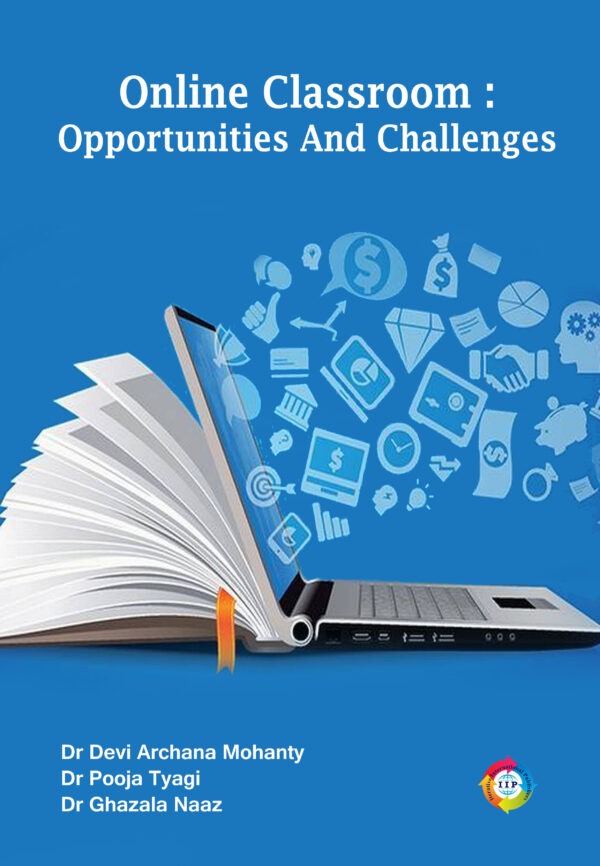
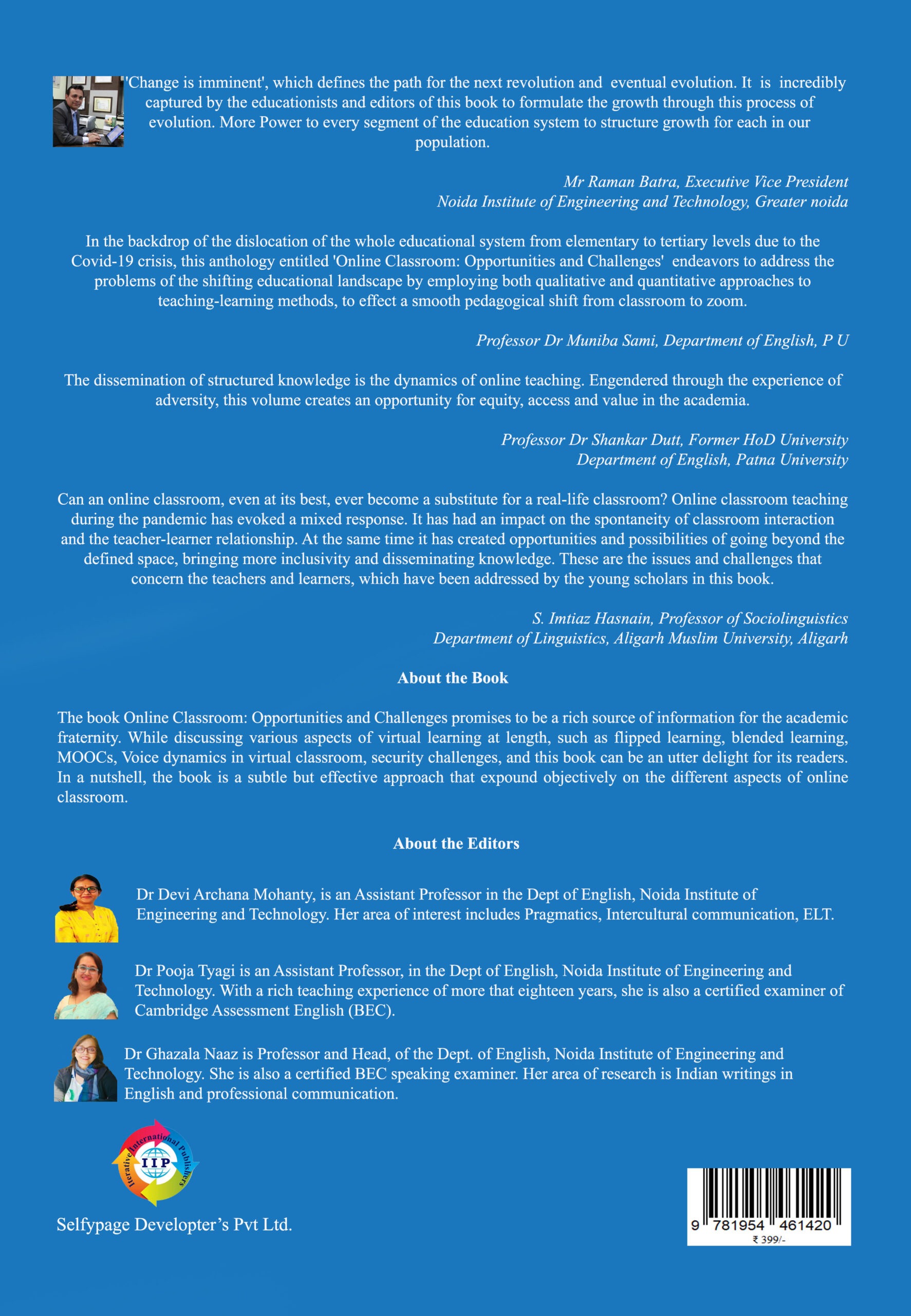
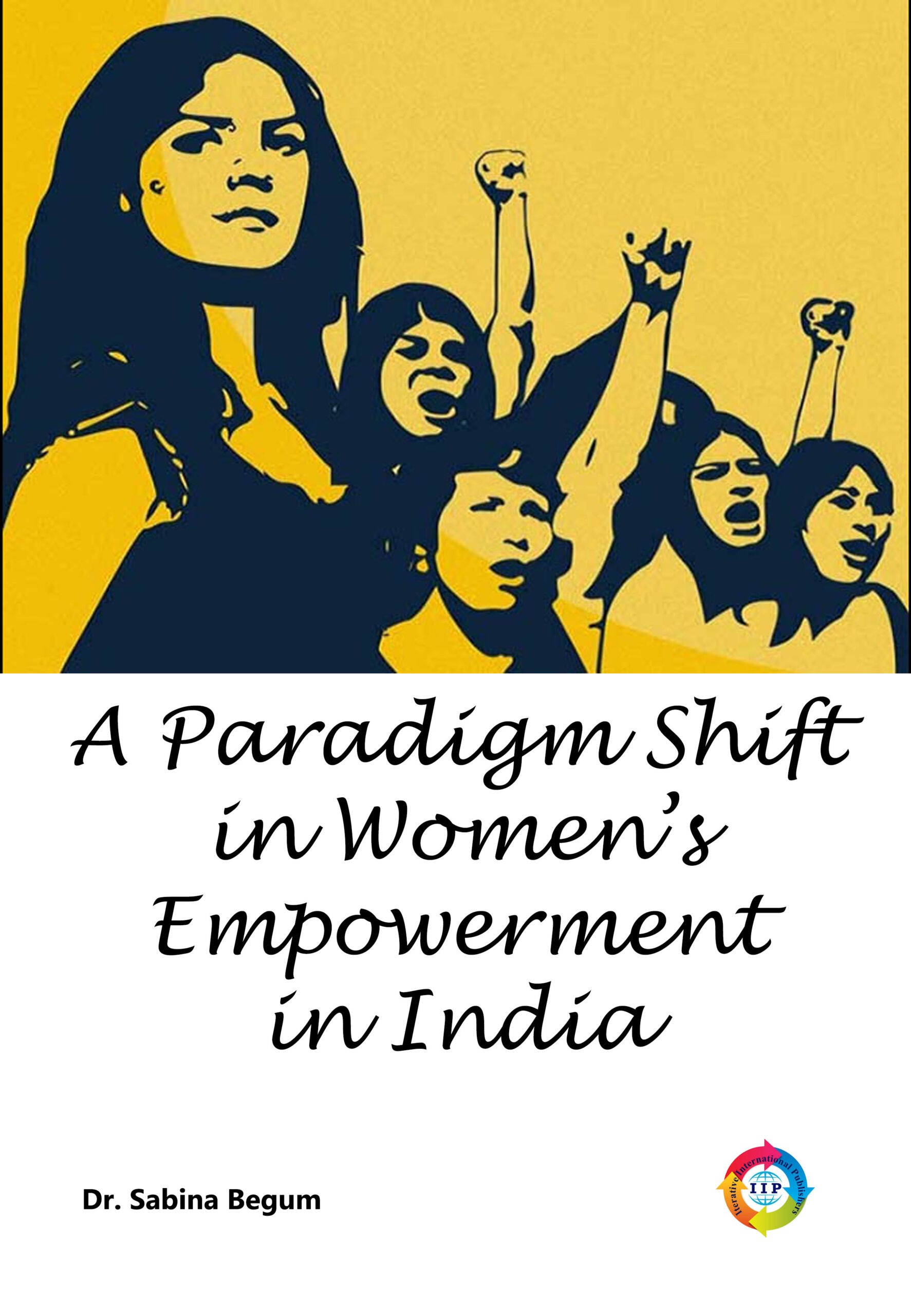
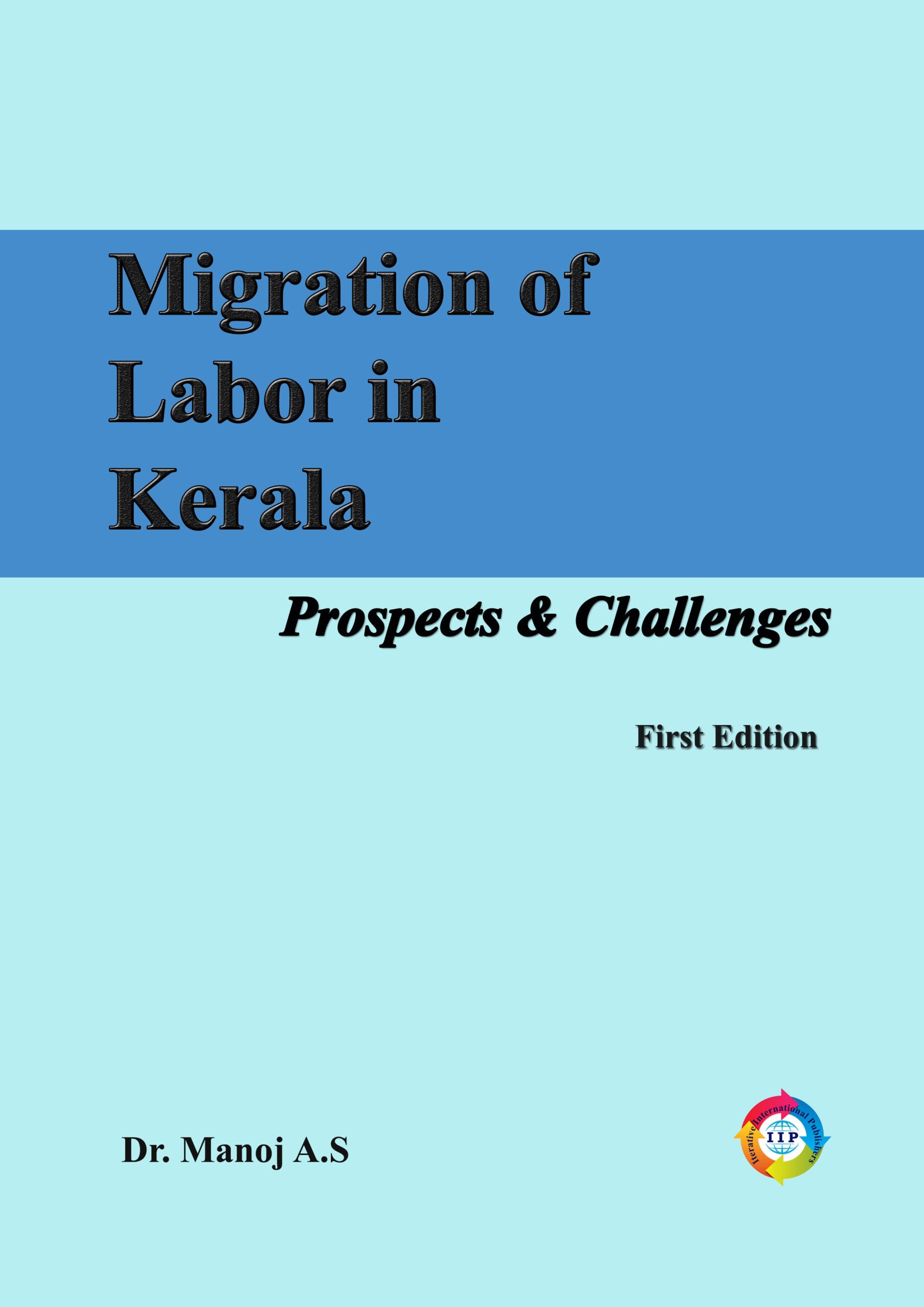
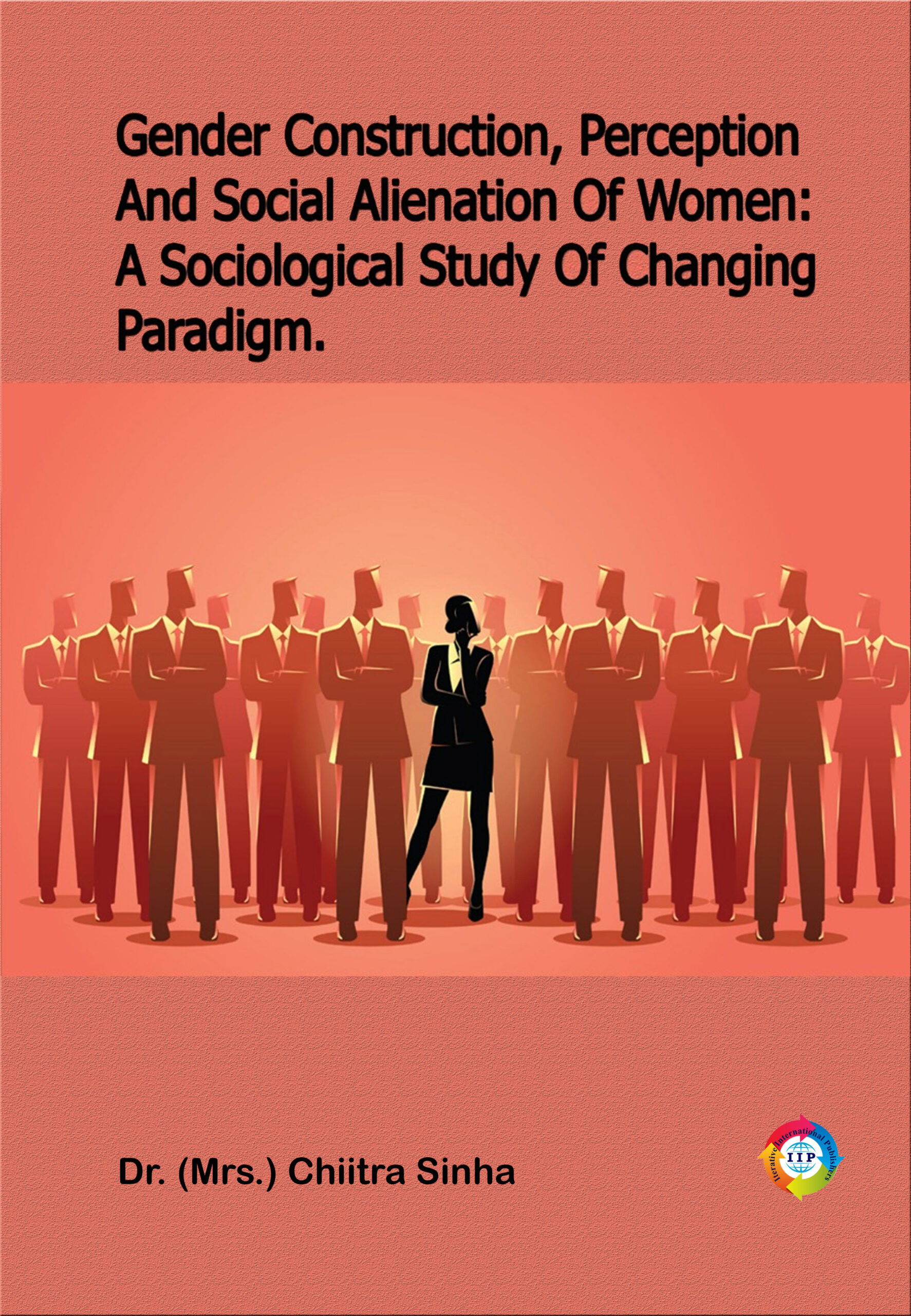
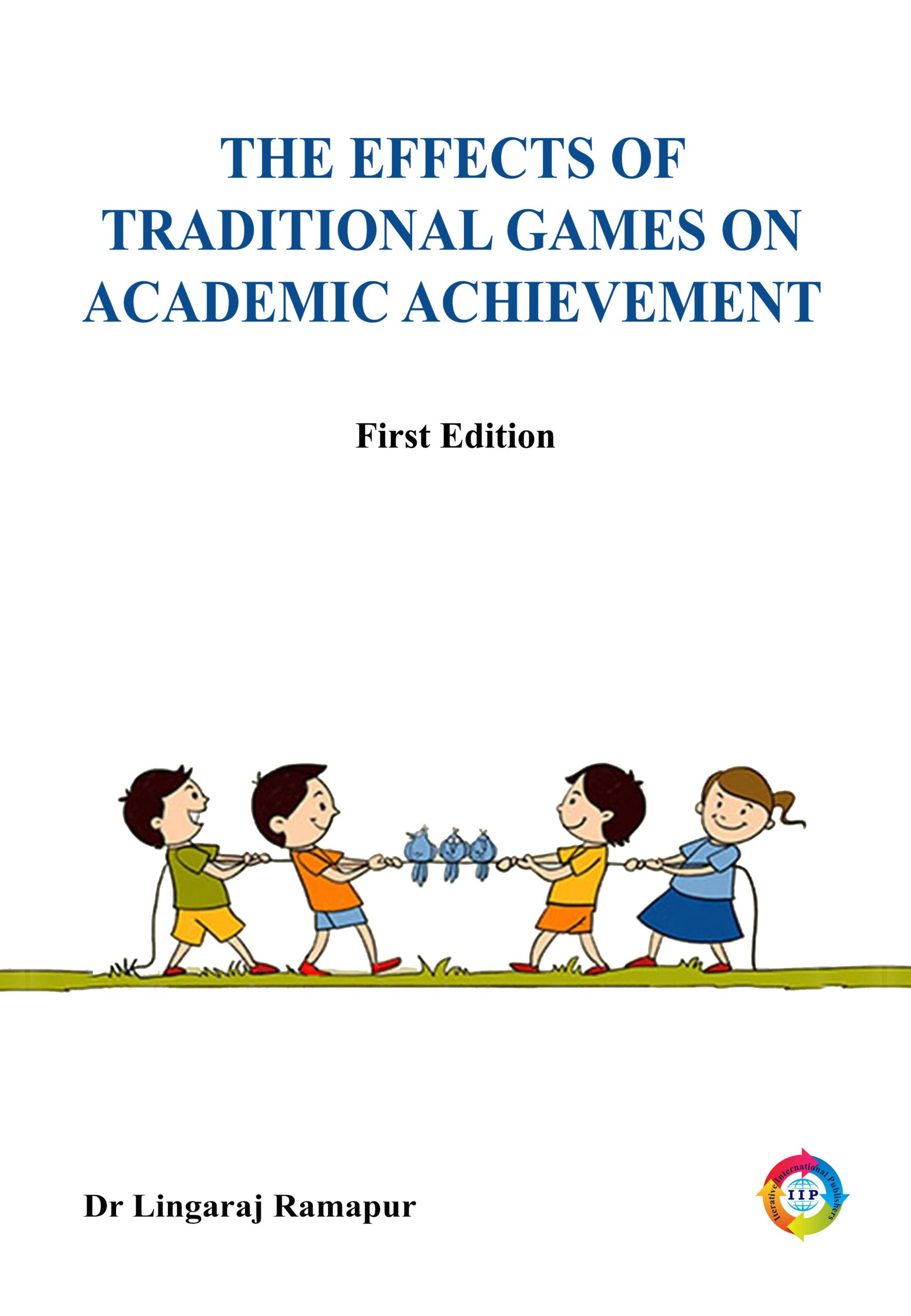
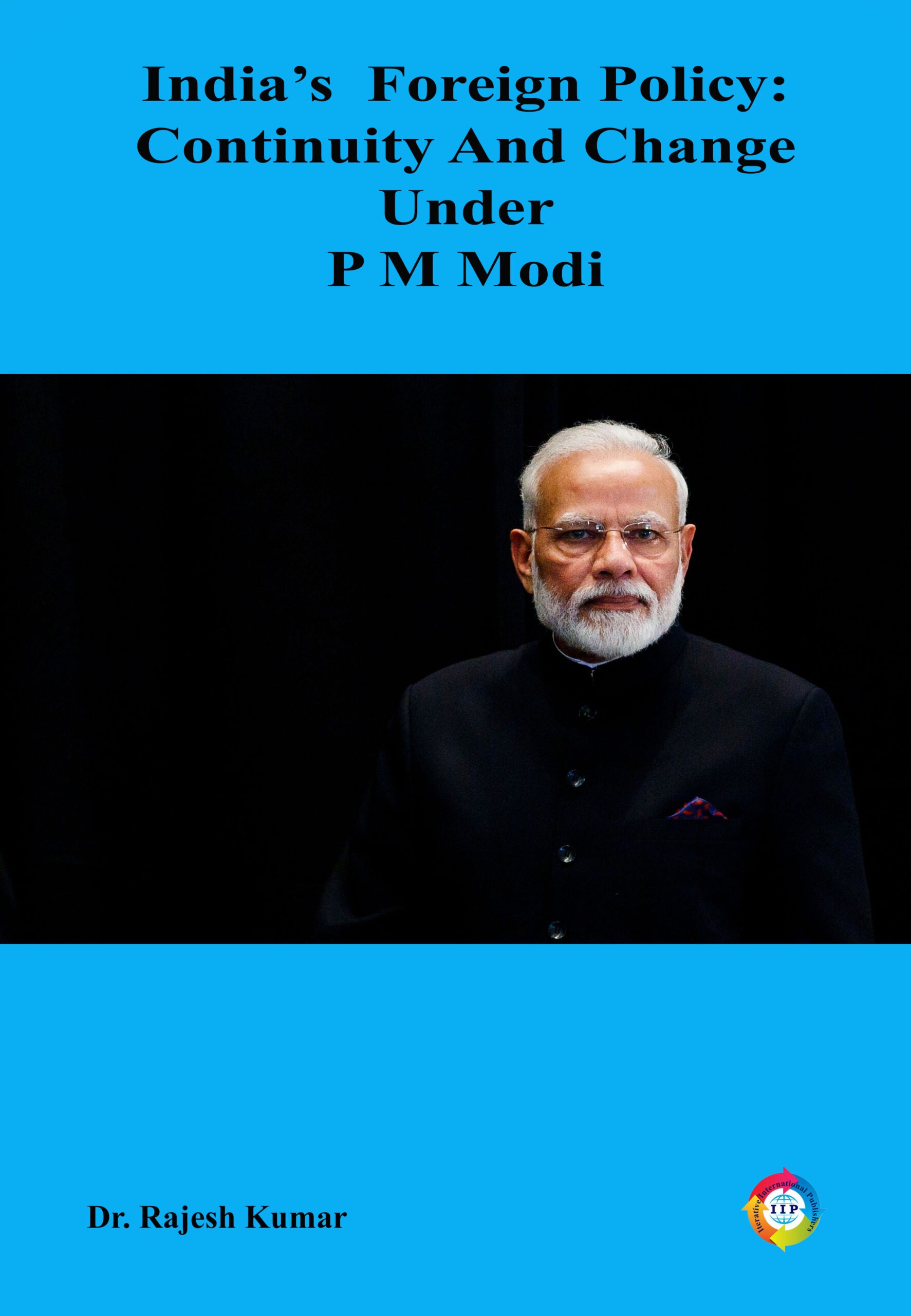
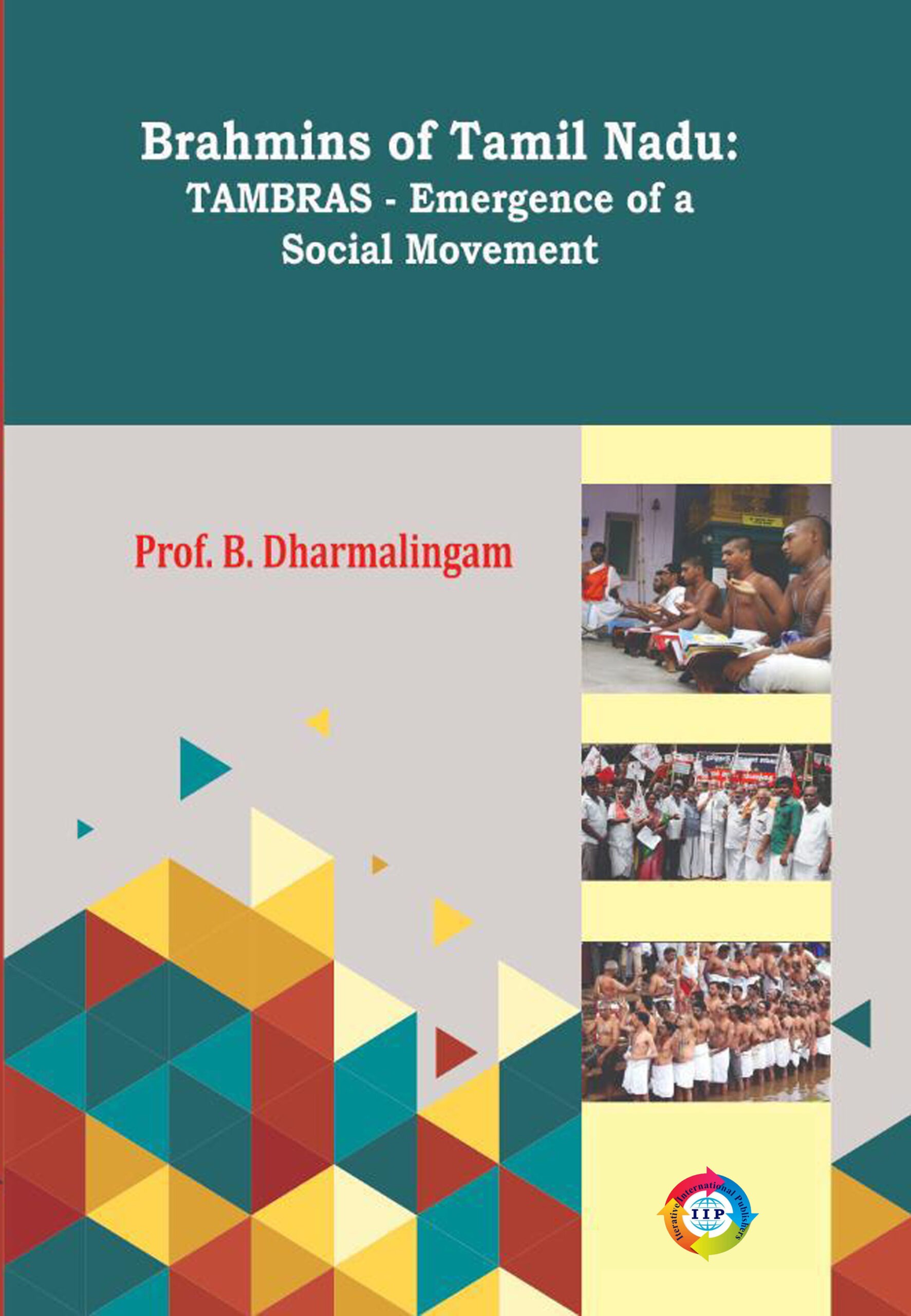
Reviews
There are no reviews yet.